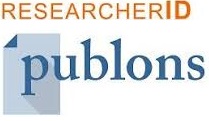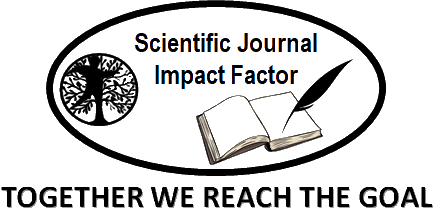El Arte Como Herramienta Pedagógica
Abstract
Keywords
Full Text:
PDFReferences
• Ausubel, D. P. (1968). Educational Psychology: A Cognitive View. Holt, Rinehart & Winston.
• Bastian, B., Loughnan, S., & Haslam, N. (2013). Empathy and prosocial behavior: The role of arts education. Journal of Educational Psychology, 105(1), 1–11.
• Borko, H. (2004). Professional development and teacher learning: Mapping the terrain. Educational Researcher, 33(8), 3–15.
• Bourdieu, P. (1993). The Field of Cultural Production. Polity Press.
• Bresler, L. (2007). International Handbook of Research in Arts Education. Springer.
• Catterall, J. S. (2009). Doing Well and Doing Good by Doing Art: The Long-Term Effects of the Visual and Performing Arts Study. Imagination Group.
• Croom, A. (2015). Art as therapy in education: A longitudinal study on the emotional benefits of visual arts. Art Therapy Journal, 32(2), 112–119.
• Csikszentmihalyi, M. (1996). Creativity: Flow and the Psychology of Discovery and Invention. Harper Collins.
• Dewey, J. (1934). Art as Experience. Perigee Books.
• Dweck, C. (2006). Mindset: The New Psychology of Success. Random House.
• Eisner, E. W. (2002). The Arts and the Creation of Mind. Yale University Press.
• Erickson, E. H. (1968). Identity: Youth and Crisis. W.W. Norton & Company.
• Gardner, H. (1983). Frames of Mind: The Theory of Multiple Intelligences. Basic Books.
• Goleman, D. (1995). Emotional Intelligence: Why It Can Matter More Than IQ. Bantam Books.
• Haghirian, H. (2003). Neuroplasticity and the role of the arts in cognitive development. Journal of Arts and Cognitive Science, 4(2), 44–56.
• Hetland, L., Winner, E., Veenema, S., & Sheridan, K. (2007). Studio Thinking: The Real Benefits of Visual Arts Education. Teachers College Press.
• Katter, S. (2012). Theatre and leadership: A comprehensive approach to building communication skills. Arts Education Policy Review, 113(2), 77–85.
• McNiff, S. (2009). Art as Medicine: Creating a Therapy of the Imagination. Shambhala Publications.
• Meier, D. (2002). The Power of the Arts in Education. Harvard Education Press.
• Naumburg, M. (1966). The Therapeutic Use of Art: In Psychotherapy with Children. Grune & Stratton.
• Rauscher, F. H., Shaw, G. L., & Ky, K. N. (1993). Music and spatial task performance. Nature, 365(6447), 611.
• Robinson, K. (2011). Out of Our Minds: Learning to Be Creative. Capstone Publishing.
• Vygotsky, L. S. (1978). Mind in Society: The Development of Higher Psychological Processes. Harvard University Press.
• Winner, E. (2017). How Art Works: A Psychological Exploration. Oxford University Press.
DOI: http://dx.doi.org/10.52155/ijpsat.v51.2.7354
Refbacks
- There are currently no refbacks.
Copyright (c) 2025 CLAUDIA TORRES GONZALEZ

This work is licensed under a Creative Commons Attribution 4.0 International License.




















